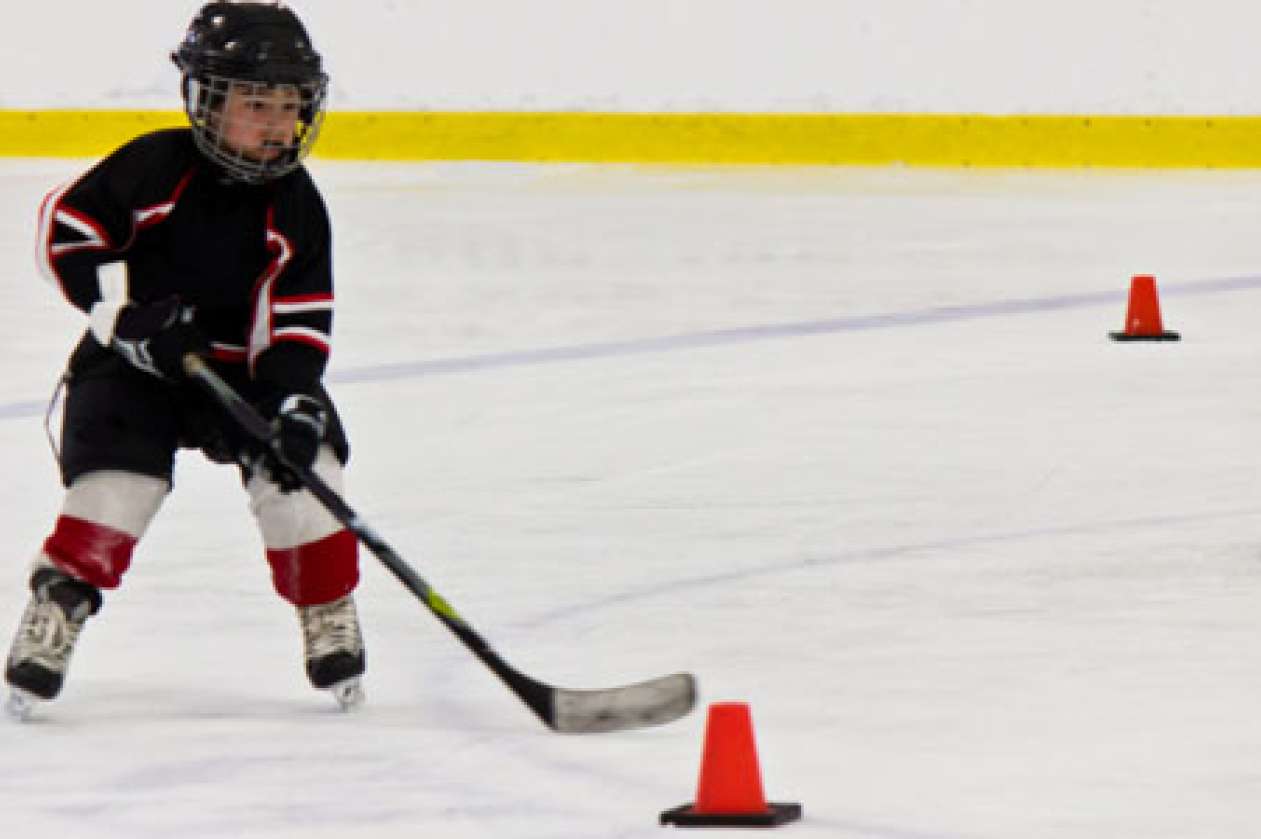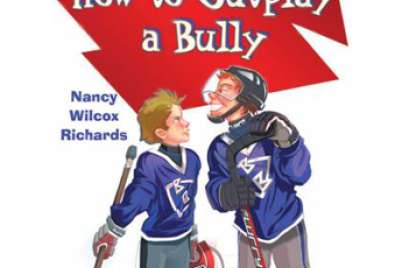
My role as a minor hockey coach: developing athletic players
I just finished listening to an interview with Bobby Orr, one of the greatest hockey players of all time. For all of his humility and respect for the game, Orr is quite passionate when it comes to how he believes young hockey players should be developed.
I share Orr’s passions. I grew up playing hockey and I love the game. As well, I dedicated my professional career to helping young athletes achieve their potential on the playing field and in life. No surprise then that I’ve taken the role as head coach of my son’s Atom team (9-10 years old players).
Coaching kids requires a lot of time and energy, so I have thought long and hard about why I want to coach. The reason? As a coach, I want to guide my players in developing their skills, I want to help grow their love of the game, and I want to make sure they have fun doing it!
To deliver on my purpose, I continuously look for resources and inspirations. This season I found a gem by incorporating physical literacy development into our team’s routine.
Warming up prepares for activity and develops physical literacy
Before each practice and game, the players carry out a proper warm-up [PDF] – designed by Sport for Life – to prepare them for intense physical activity and develop physical literacy. In this warm-up the players zip through a series of drills that improve their coordination, balance, speed, and strength. They run, jump, and weave through an agility ladder with big smiles and lots of laughter.
To say the kids like the routine is an understatement. They love it! Knowing that parents are already too busy, I made the physical literacy warm-up optional. But we get almost 100% percent attendance before every practice because the kids simply don’t want to miss it.
It’s a pleasure for me to see how much fun they have. It is also impressive to witness how quickly they improve. Some kids who could barely run through the agility ladder are now performing elaborate footwork like the “icky shuffle” (2) at full speed.
But something else has become clear when watching the kids complete the warm-up: The most physically literate kids – those that are better coordinated, balanced, and agile – are also the best skaters and players on our team.
Well-rounded athletes make better hockey players
The fact that well-rounded athletes make the best hockey players is a known fact, especially to high-level coaches like Brent Sutter and specialists in hockey. But it is a powerful testimonial when you see this fact demonstrated with players as young as 9 and 10 years old.
Digging even deeper, it’s also clear that the better skaters and players are the ones who did different sports over the summer. When I asked the best skaters what camps they attended over the summer, they said hockey, but they also listed mountain biking, tennis, and something called “wild child” – a camp designed to teach kids how to survive in the wilderness (and a favorite).
Everything I have learned since taking the lead at Active for Life has greatly influenced the way I coach minor hockey and even professional athletes and Olympians. But one thing has become crystal clear to me: Developing physical literacy and overall athleticism through a variety of sports and activities is critical to kids having fun and achieving their potential in hockey and other sports.
Encouraging 9- and 10-year-old kids to play baseball, lacrosse, soccer, or any other sport during the off-season will make them better hockey players. And it’s a great way to prevent overuse injuries and burn out.
If you want to ensure your kids achieve their potential in hockey or other sports, and if you want them to develop properly physically and mentally, make sure they develop physical literacy.






Very good article.
I have coached up to Junior and many competitive teams in Minor Hockey and I have always lived by the philosophy that the players need to be having fun (Overall, not every minute) and enjoying the experience, while developing as people too.
We also have (and still do) run goaltending schools in Canada, Europe and the US and our programs look very different from most others.
This is because we want to develop all the necessary skills, but do it while the goalies are being pushed, sometimes beyond the limiting belief of where their limit actually is, but we want to do this and still ensure they are having fun.
It is a sad commentary when we have parents who complain or do not return because we didn’t scream, yell and ‘abuse’ their child in order to get a result that is not nearly as memorable and effective for the student.
These parents often overlook the incredible growth and achievements of their child during the program and only see that we didn’t achieve this through what is sometimes considered ‘the usual way’.
Coaches on my teams and at our goaltending schools are hired based on their knowledge of the game, but also based on their understanding of this philosophy. If they don’t buy in, they cannot continue with us.
For nearly 30 years I have lived by this code and the result has that we (coaches) have always been rewarded with respect from our players and students and by creating good memories they will recall for the rest of their lives.
it is worth noting that the respect we receive is far different from the ‘obedience’ that the screaming demanding and ‘abusive” style coaches receive.
I’ll take respect and lifelong recognition any day over ‘obedience and fear’ and I’ll do so knowing that the players I am able to work with, will be better people for it.